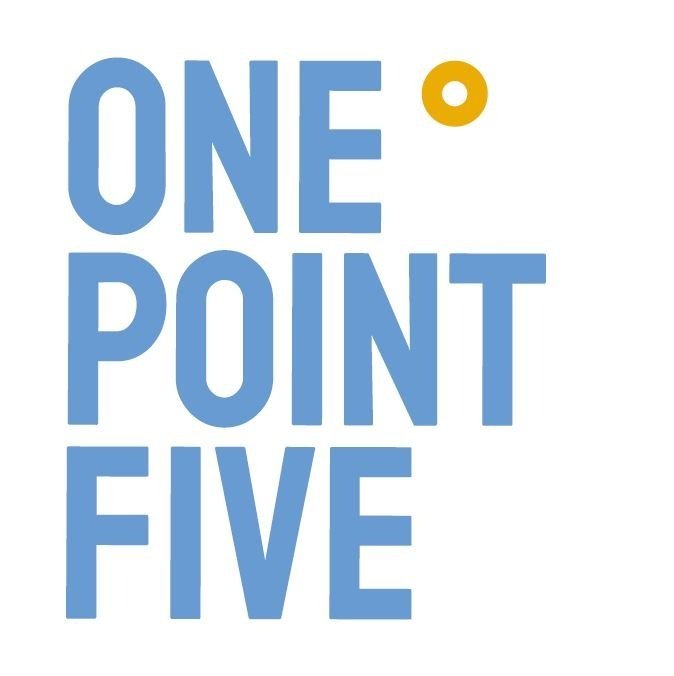How Can the Fashion Industry Take ESG Seriously and Become Sustainable?
The next time you’re walking down the street on a busy day, pay attention to what your neighbors are wearing as you pass by and you’ll start to notice the true diversity of fashion. From tank tops and ripped jeans to suits and ties, people express themselves authentically through what they wear. But no matter what you’re wearing, it all has one thing in common: clothing will likely only be worn 7-10 times before being thrown out.
The fashion industry’s sustainability is far from where it needs to be to create a less wasteful and more sustainable planet. So what can fashion companies and CEOs do about it?
The Environmental Impact of the Fashion Industry
The numbers regarding the fashion industry aren’t too pretty. Fast fashion in particular has a massive environmental impact while continuing to push a culture filled with normalizing waste.
Fashion creates up to 10% of global carbon dioxide emissions. Clothing production doubled in just 14 years from 2000 to 2014. And perhaps most surprising of all, about 60% of our clothes are made from fossil fuel-derived materials such as polyester, which account for 10% of global carbon emissions. If we dive even further, fashion utilizes massive amounts of water, cleaning our garments releases microplastics & microfibers into the ocean, and the world’s clothing output is still increasing today. Additionally, some companies are lagging behind in prioritizing equality and inclusion for employees.
While the current situation can feel dire, there are solutions that are already in place to fix these systematic issues and many more solutions that can be implemented to make a real difference in planting the seeds for a better future.
How Can Fashion be Sustainable?
For fashion companies to do better, they need to focus on improving environmental, social, and governance (ESG) principles. OnePointFive teamed up with a few organizations on exactly how to do this: Fashion Makes Change, an industry-wide initiative that provides education, advocacy, and training to embed gender equality and worker empowerment throughout global apparel supply chains; Accenture; and Fordham’s Responsible Business Coalition. We were able to explore the full solution space of what is needed to transform the fashion industry into a sustainable model by congregating expertise in topics across the spectrum including chemical management, labor rights, and regenerative agriculture.
The 2023 Scaling ESG Solutions In Fashion playbook identified 54 unique solutions, as well as enablers and emerging behaviors, across 12 areas for transformation: 10 levers for collective action, capable of driving positive outcomes across climate change, the environment, industry transparency, and social impact and human rights; and two key growth opportunities for individual companies, with the potential to scale in the coming years.
The Path Forward for Fashion Industry Leaders
Building on the success of last year’s playbook, OnePointFive and Fashion Makes Change this year prioritized a more direct approach to presenting initiatives to fashion CEOs, primarily recommending tangible programs and developments that have been proven to scale and are open for collaboration. This is enabling fashion companies to more quickly align with expedited sustainability targets.
The leadership team and associates at OnePointFive synthesized the current state of regulations, standards, approaches, and initiatives developing across the fashion industry, and compiled an actionable set of solutions for fashion industry CEOs, plotting solutions along a matrix based on their potential level of value / impact, as well as the perceived ease to achieve – identifying the “Now” and the “Next”.
This way, we were able to first identify unique initiatives that are already off the ground, ready to scale and open to participants, with practical routes for brands to take action. We then identified initiatives that have the potential to create systems-level change and help the industry “leapfrog” in progress and impact, but require wide-scale adoption and collaboration
OnePointFive also brought in Madeleine MacGillivray from our Expert Network– Madeline is an expert in microplastic creation and pollution, and was able to provide guidance and insights given her role as the Climate and Plastics Campaign Coordinator at Seeding Sovereignty. For example, within the Plastics and Packaging area, we identified five key solutions to implement right “Now” and “Next” and industry-vetted examples within each.
This culminated in the development of Accenture’s annual report on sustainable fashion which will be used by professionals and executives within the industry to identify organizational improvement opportunities. It has also been circulated by outlets to popularize the initiatives included, as seen in WWD’s article: A Playbook for Taking Actionable ESG Steps.
Learn more about OnePointFive’s sustainability services and how we create innovative solutions to challenging climate problems.






